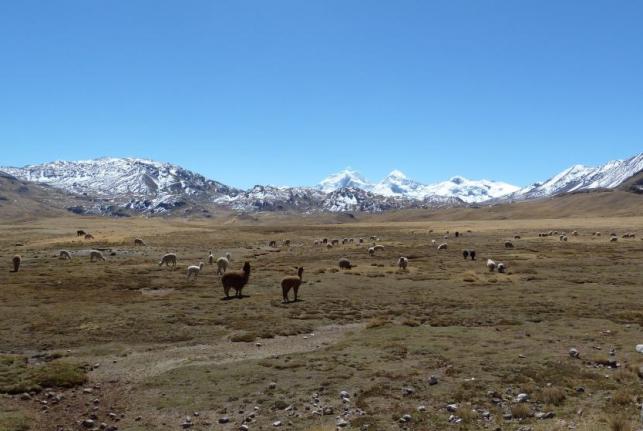ZURICH, Switzerland, Aug. 17 (Brooks Hays) — By the end of the century, researchers estimate the Central Andes will likely have to manage with 30 percent less annual precipitation. That could prove difficult in a region where natural resources are increasingly taxed by growing population pressures.
Researchers from Switzerland and Peru worked together to build a model that can predict how the region’s shifting climate will affect weather patterns. Their analysis is based on historical climate trends — data gleaned from tree rings and ice cores — as well as understanding of regional atmospheric behavior.
The findings, published in the journal Environmental Research Letters, suggests current drought conditions are well within the normal fluctuation of precipitation levels over the last 1,000 years. But over the next two-plus decades, Peru and Bolivia can expect a much drier wet season.
“Our model simulations suggest that the probability of dry years between 2071 and 2100 will be four times higher than in the pre-industrial era,” study author Raphael Neukom, a researcher at the University of Bern’s Institute of Geography, explained in a press release.
Broader climate models aren’t easily applied to mountain regions, where weather patterns are complex and localized. To construct their prediction model, researcher focused on the connection between upper and atmospheric winds and precipitation.
“These winds can be simulated much more reliably than the precipitation itself,” said Neukom. “It is highly probable that the increase in greenhouse gases will strengthen the westerly winds over the Central Andes. But stronger westerly winds in the upper troposphere reduce the inflow of humid air from the Amazon region into the Andes and thus lead to greater aridity.”
Researchers say their findings are proof that authorities in the region need to make a stronger effort prepare for life with shrinking water resources. Scientists in Switzerland are currently working with local researchers on artificial ponds to more efficiently collect and store rainwater.






